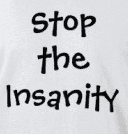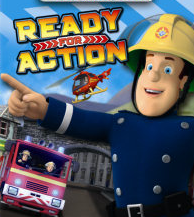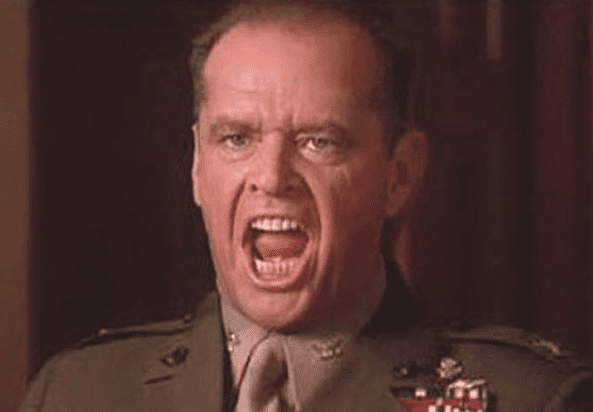We Must Stop The Insanity: Part 1
The training practices used in many communities are setting up emergency response personnel for failure and flawed situational awareness. The sad part is most don’t even realize they’re doing it. When casualties occur, so do investigations. The investigations result in recommendations for how to prevent future casualty events. The National Institute of Occupational Safety and […]
We Must Stop The Insanity: Part 1 Read More »









